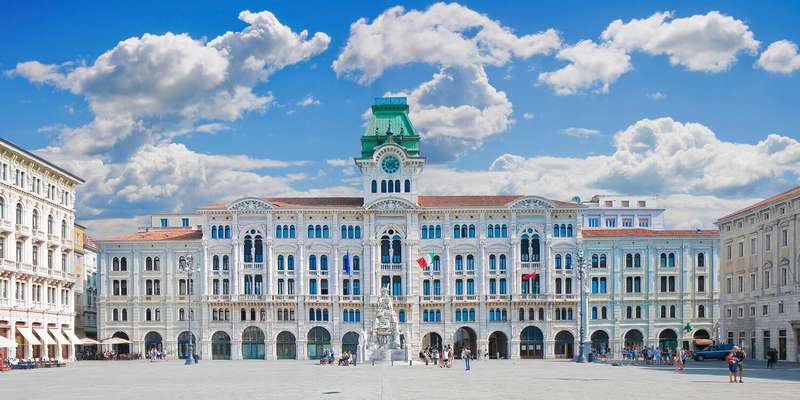- Home
- Useful Tips
- Combining Trieste with a visit...
Many travelers combining Trieste with Škocjan Caves face logistical headaches that overshadow the wonder of Europe's largest underground canyon. Over 60% of visitors report wasting precious vacation hours navigating confusing border crossings, limited public transport schedules, or missing timed entry slots to this UNESCO site. The stress compounds when you realize this isn't just another cave – with chambers stretching 200 meters high and a roaring underground river, proper planning becomes essential to experience its full grandeur. Unlike more commercialized attractions, Škocjan's preservation-focused approach means last-minute tickets are rare, and inadequate footwear can literally leave you stranded above its most spectacular viewpoints. These challenges push many to abandon the trip entirely, missing what geologists consider the most significant karst phenomenon on the planet.


Crossing borders smoothly – Trieste to Škocjan transport secrets
The 40km journey from Trieste to Škocjan Caves crosses an invisible divide where Italian efficiency meets Slovenian practicality, creating confusion for unprepared travelers. While rental cars seem convenient, locals know the hidden costs – mandatory vignettes for Slovenian highways and parking scarcity near the caves during peak season. Savvy visitors instead take the 10:15am direct bus from Trieste's Piazza Oberdan, arriving just before the 12pm English tour slot with time to spare. For those who miss this window, a little-known shuttle service operates from Divača train station when cruise ships aren't monopolizing it. Border guards rarely stamp passports these days, but always carry yours – random checks do occur, and missing documentation could strand you mid-journey. Remember, Slovenia uses euros but Italian phone roaming charges apply until you manually switch networks.
Timing your cave visit like a speleologist
Škocjan's microclimate creates dramatic seasonal variations most tour companies won't mention. Summer visitors face 95% humidity in the caves but benefit from extended daylight to explore the scenic surface trails afterward. Winter offers mystical fog effects in the canyon yet requires crampon-style footwear they don't advertise – the metal walkways become perilously icy. True insiders target April or October when school groups thin out and the Reka River's power creates thunderous echoes in the Great Hall. Regardless of season, always book the 3pm English tour slot. This timing aligns with sunlight piercing the sinkholes, illuminating the caverns in ways morning groups never witness. If tickets appear sold out online, call directly – the cave administration holds back 15% of slots for local hotels and last-minute phone inquiries.
What your tour won't tell you – hidden viewpoints and dry alternatives
While everyone clusters at the famous Cerkvenik Bridge viewpoint, locals slip through an unmarked exit near the souvenir shop leading to Velika Dolina. This 165-meter-deep collapse doline offers panoramic views without the jostling crowds. For travelers who can't handle the 500-step descent (or encounter flooded passages), the Škocjan Educational Trail provides stunning above-ground perspectives of the sinkholes that feed the cave system. Few realize the nearby village of Škocjan houses a free ethnographic museum explaining how locals lived with these caves for centuries. Those with mobility issues should inquire about the E-Trail – an accessible route covering 80% of the underground highlights via elevator, though it requires advance reservation. Pack a change of clothes even if you're not spelunking – the humidity leaves everyone damp, and the return bus to Trieste gets chilly.
Combining caves with coastal charm – Trieste extensions worth your time
Returning to Trieste after Škocjan presents perfect opportunities most day-trippers miss. The Prosecco Road vineyards en route actually welcome walk-ins for tastings until 7pm – ask for 'Malvasia Istriana' to sample a hyperlocal varietal. Back in town, time your evening passeggiata to catch the sunset from the hidden Napoleonic Terrace near San Giusto Castle, where stone benches face precisely toward the caves you just explored. For dinner, skip the touristy seafront and seek out osmize – rotating farmhouse kitchens serving San Michele white wine with cured meats. These ephemeral dining spots operate on an ancient Habsburg-era system locals still follow; check current locations via handwritten signs with arrows marked 'OST' along suburban roads. If spending the night, consider Pirano just across the border – its Venetian alleyways offer Slovenian hospitality at half the price of Trieste hotels.



